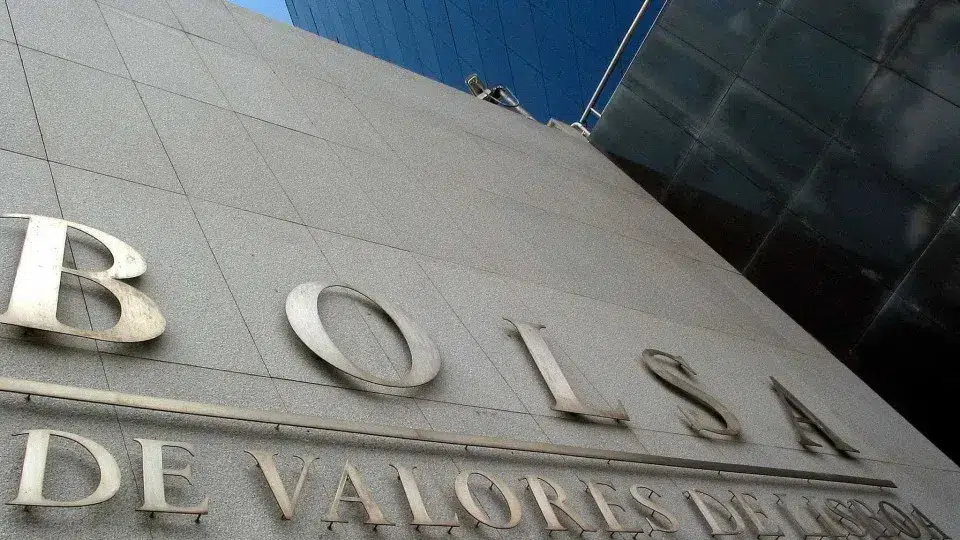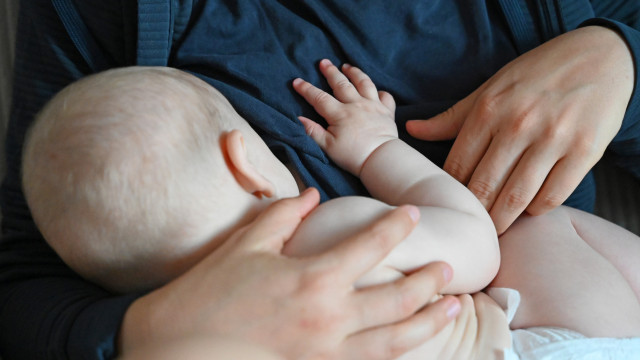
Recent data released by the European Union’s statistical office, Eurostat, indicate that between April and June 2025, the household savings rate in the euro area reached 15.5%, compared to 15.4% in the same period last year and 15.2% in the first quarter of this year.
Across the EU, the household savings rate was 15% in the second quarter of this year, following a rate of 14.7% in the same period of 2024 and in the first quarter of 2025.
Regarding the household investment rate, it was 9% in the euro area between April and June 2025, an increase of 0.1 percentage points (p.p.) from the same period in 2024 and unchanged from the first quarter of this year.
In the EU, the household investment rate was 8.5% in the second quarter of this year after being 8.6% in the same period of 2024 and in the first quarter of 2025.
Portugal is one of the Member States for which data is available, showing a quarter-over-quarter change in the household savings rate of 0.1 p.p.
As for the household investment rate, Portugal recorded the highest quarterly change, increasing by 0.3 p.p.
Eurostat data also reveal that in the second quarter of 2025, real consumption per capita in the eurozone increased by 0.3% after a decrease of 0.1% in the previous quarter.
During the same period, real household income per capita increased by 0.5%, following a 0.1% increase in the first quarter of 2025.
“During the second quarter of 2025, the increase in real household income per capita in the euro area and the EU is primarily due to the positive contribution of employee compensation and social benefits other than social transfers in kind. Conversely, current taxes and net social contributions were the largest negative contributors in both the euro area and the EU,” the community’s statistical office notes.
Other data released today indicate that in 2024, 17.4% of all households in the EU faced difficulty or great difficulty in meeting expenses.
Conversely, 26% of all households were able to meet expenses very easily or easily, according to Eurostat.
The percentage of households that managed to meet their expenses with relative ease or with some difficulty was 56.6% in total.
“Grouping the six categories of expense-handling ability into two groups – with and without difficulty – 41.6% of households in the EU faced at least some difficulty in meeting expenses in 2024,” Eurostat concludes.




